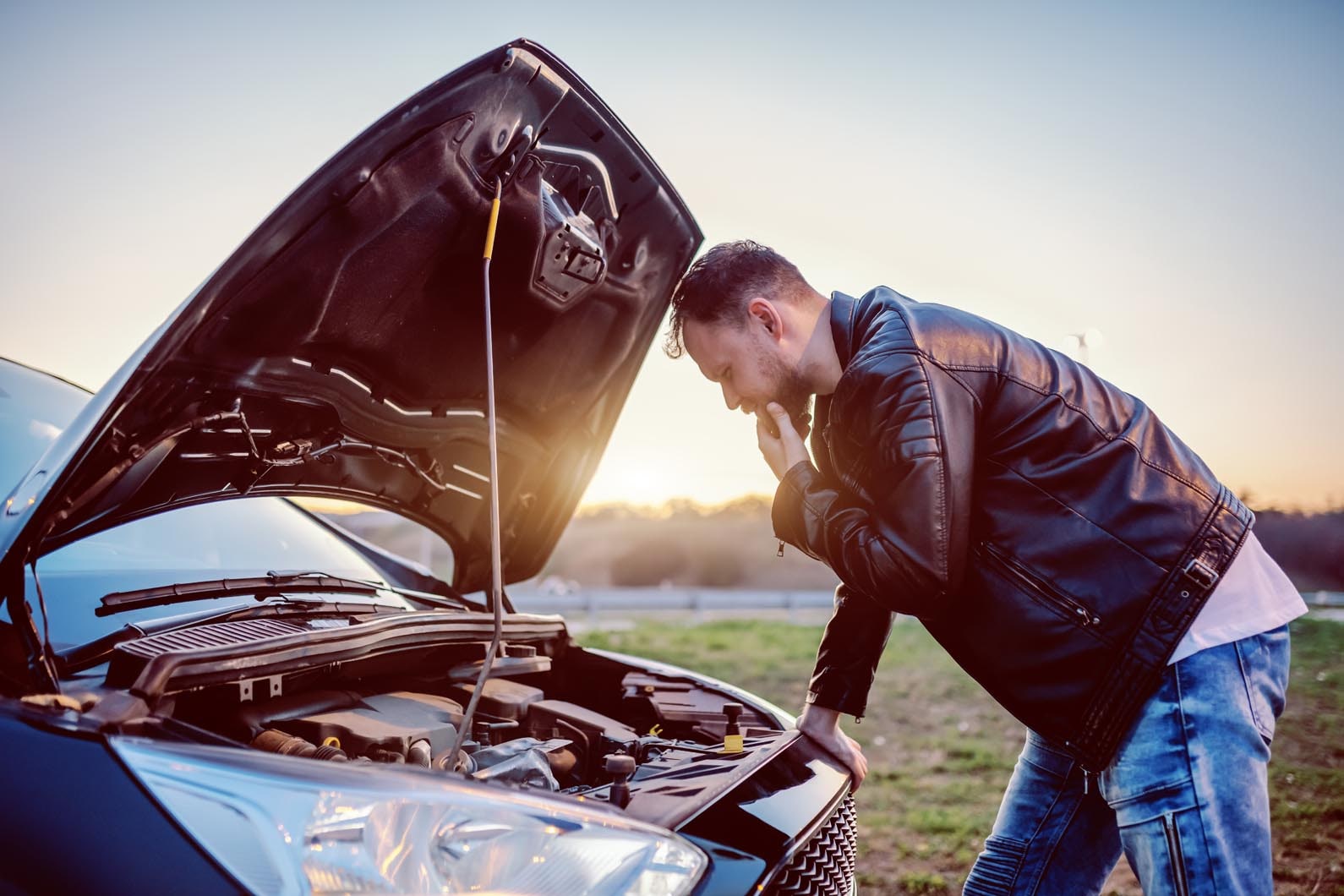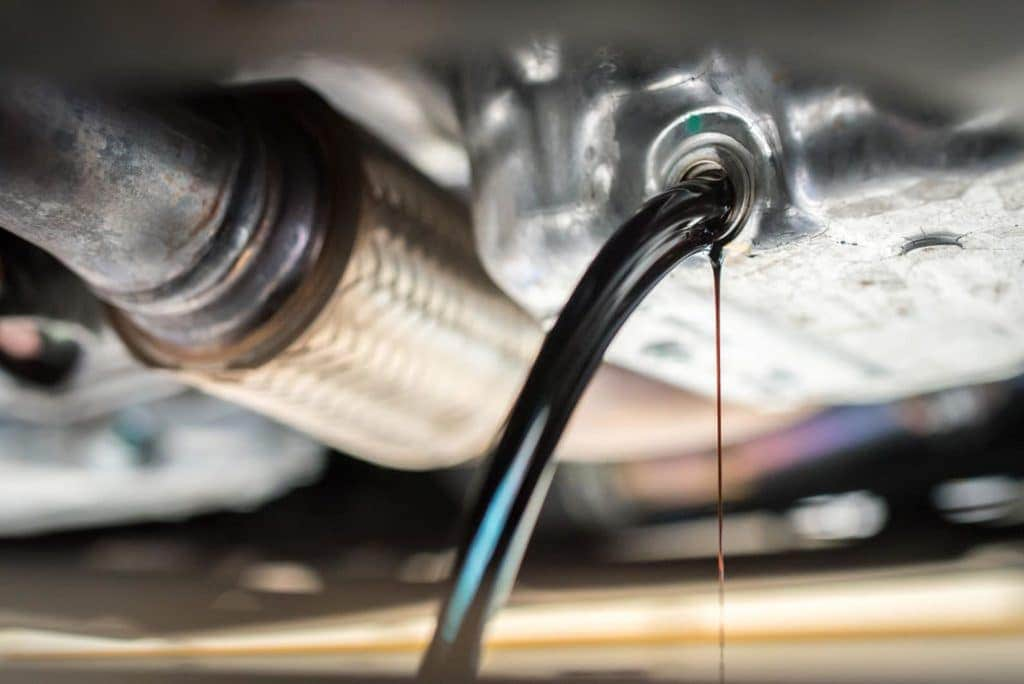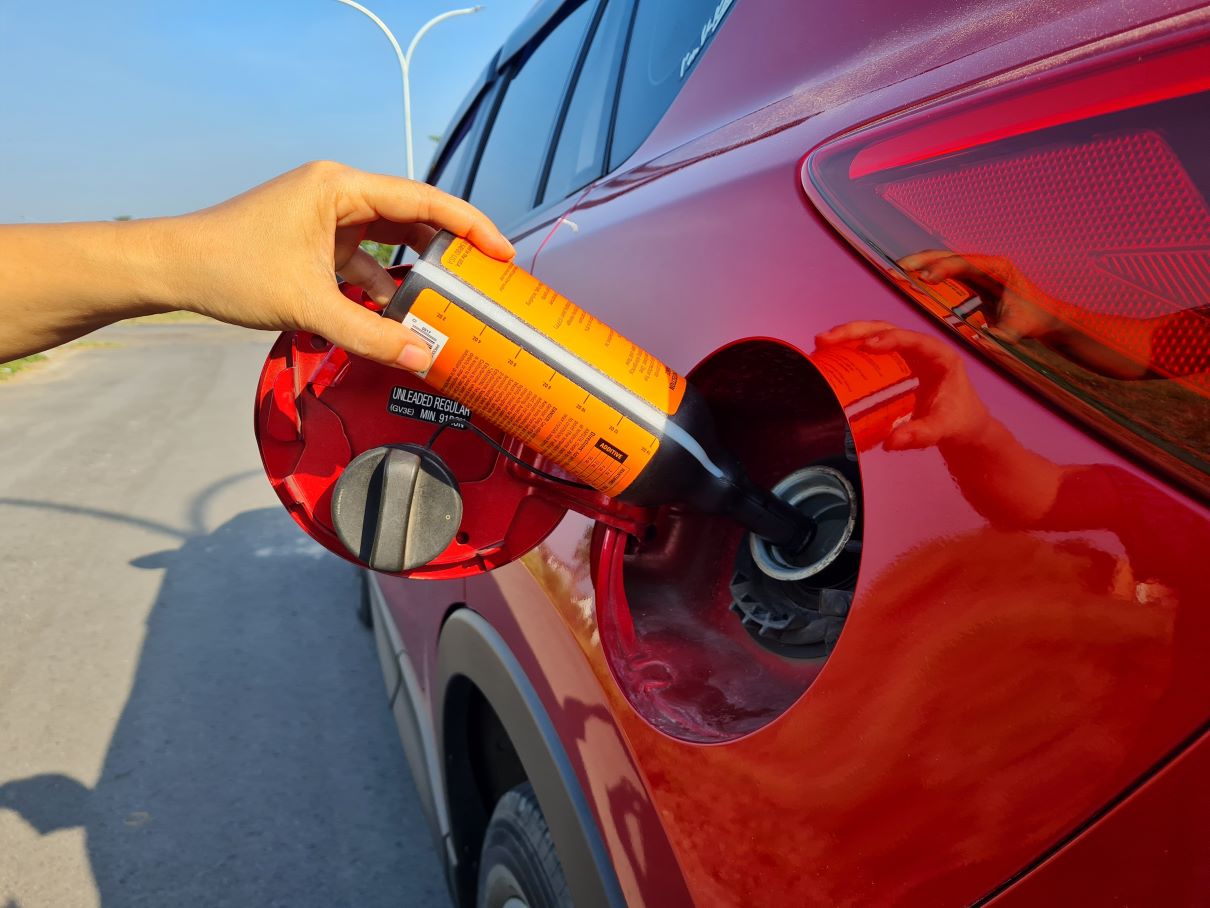
Most of us have been there: you come out to your car, open the door, get in, turn the key, and… click-click-click-click-click. The telltale sign of a dead battery. Dread strikes your heart and you realize, “dang it, I’m probably going to have to ask a stranger to help jump the battery.”
Knowing how to properly jump start a car with another car is an essential skill for any driver to have, so let’s have a quick refresher for anyone out there who might’ve forgotten.
 Transmission issues instill a sense of dread and panic in drivers because you likely won’t know if it’s a simple fix of topping off fluids or needing massive repairs or replacement — the latter of which can quickly give car owners sticker shock. It’s a vital part of your car’s operating processes and efficiency, and repairs require expertise and time to do things right. Ideally, you can catch transmission issues before they devolve, sparing yourself thousands in repair bills. Here is a list of our transmission failure symptoms you should keep your eyes, on to avoid problems…
Transmission issues instill a sense of dread and panic in drivers because you likely won’t know if it’s a simple fix of topping off fluids or needing massive repairs or replacement — the latter of which can quickly give car owners sticker shock. It’s a vital part of your car’s operating processes and efficiency, and repairs require expertise and time to do things right. Ideally, you can catch transmission issues before they devolve, sparing yourself thousands in repair bills. Here is a list of our transmission failure symptoms you should keep your eyes, on to avoid problems… Have you ever noticed the slick rainbow sheen baked onto the pavement in a Miami parking lot? Or maybe you’ve seen a fresh, wet spot that shimmers in the light. Those are the two surest signs that whichever car was there before you parked has an engine oil leak — and they can be dangerous. This quick guide will teach you how to detect oil leaks in Hyundai vehicles, and the steps for how to fix an oil leak.
Have you ever noticed the slick rainbow sheen baked onto the pavement in a Miami parking lot? Or maybe you’ve seen a fresh, wet spot that shimmers in the light. Those are the two surest signs that whichever car was there before you parked has an engine oil leak — and they can be dangerous. This quick guide will teach you how to detect oil leaks in Hyundai vehicles, and the steps for how to fix an oil leak.

 Let’s see if we can’t get to the bottom of the issue and help answer a simple question: Are fuel additives right for your car?
Let’s see if we can’t get to the bottom of the issue and help answer a simple question: Are fuel additives right for your car? Knowing how to properly jump start a car with another car is an essential skill for any driver to have, so let’s have a quick refresher for anyone out there who might’ve forgotten.
Knowing how to properly jump start a car with another car is an essential skill for any driver to have, so let’s have a quick refresher for anyone out there who might’ve forgotten.

